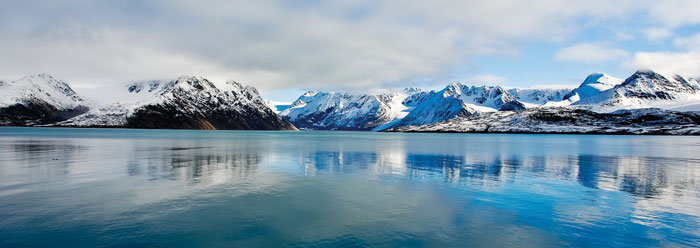In geology a controversy prevails concerning uniformity and catastrophe. Regarding mountain building, uniformity maintains that the necessary tectonic forces have always acted, and there should be mountains of every age. Catastrophists/creationists, however, consider mountains to be largely the result of Noah's Flood, which first deposited strata, then folded and eroded them, then later still uplifted them into modern mountain chains. Intense geologic processes were operating at rates, scales, and intensities, far in excess of today's "uniform" norms. Creationists believe some mountains may have risen during the early Flood (for example, the Appalachian Mountains), but most mountains (Sierra Nevada, Rocky Mountains, etc.) were elevated in the latest Flood or earliest post-Flood times.** Thus, creationists would expect the world's mountain chains to be among its most recent geologic features.
As can be seen from the following list of data collected from numerous investigators and abridged from a similar chart by evolutionists Ollier and Pain in The Origin of Mountains, 2000, pp. 304-306, this expectation has been realized. Keep in mind that in standard evolutionary thinking, which involves billions of years, a few million years is no time at all. Thus, even evolutionists admit nearly all the world's mountains rose just "yesterday" in earth history.
Obviously, this is a "big picture" consideration. Virtually all the mountains of the entire world rose up in the last episode of Earth's geologic history just as expected from creation thinking. Some fine points may await resolution, yet the big picture favors creation.
| Mountain Chain/ Plateau/Rift |
Years Since Main Uplift
|
|
Europe |
|
|
Swiss Alps |
<2 million
1-2 million 2-5 million 2-5 million 2-5 million <2 million 1-2 million 1-5 million |
|
Asia
|
|
|
Tibetan Plateau |
<3.4 million
<3.4 million <4 million <2 million <3 million <5 million <5 million |
|
North America
|
|
|
Sierra Nevada Mtns. |
<2 million
<3 million <3 million <5 million 2-5 million 4-5 million |
|
South America
|
|
|
Chilean Andes |
<5 million
<5 million <5 million |
|
Africa
|
|
|
Ethiopian Rift |
<2.9 million |
|
Other
|
|
|
New Guinea Mtns. |
2 million
<5 million |
* Dr. Morris is President of the Institute for Creation Research.
** Scripture affirms that the waters once "stood above the mountains" (Psalm 104:6), then retreated (v.7), and then the mountains rose and the valleys sank (v.8).
Cite this article: Morris, J. 2005. When Did the Mountains Rise? Acts & Facts. 34 (3).




